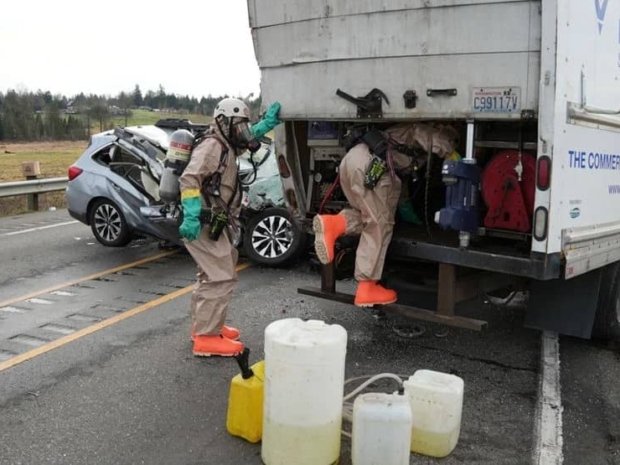A calibration program represents far more than a routine maintenance exercise. It is a strategic framework that ensures measurement accuracy, maintains regulatory compliance, prevents product defects, and protects organizational reputation. For
How Floor Wardens Improve Emergency Response in Multi-Story Buildings
Insights • Worker Safety (USA) Clear leadership, faster evacuations, and stronger OSHA-aligned Emergency Action Plans in offices, hospitals, and apartments. Read time: 7 minutes Supports OSHA 29 CFR 1910.38 (EAP) Table of Contents In
Why Workplace Emergency Action Plans Matter for Safety
Clear plans save lives, support OSHA compliance, and build a calm, safety-first culture. ⏱️ Read time: ~6 min • Table of Contents Introduction OSHA and Compliance Context
The Rising Trend of Prescription Stimulant Misuse: What the Numbers Reveal About Workplace Risks
Prescription stimulants are widely used in the United States for conditions such as ADHD and narcolepsy. However, in recent years, these medications have moved beyond medical necessity and into the realm of misuse. This trend has not only raised publ
Top Reasons FDA Rejects Drug Applications: Lessons from Safety and Adverse Event Data
Bringing a new drug to market in the United States is one of the toughest regulatory journeys in the world. The U.S. Food and Drug Administration (FDA) closely examines every submission, and many applications face rejection, delay, or multiple rounds
Hazardous Materials Incidents on U.S. Roads: A Data-Driven Look at Causes and Consequences
Transporting hazardous materials (hazmat) is a necessary part of U.S. commerce. From fuel to industrial chemicals, these materials keep industries running. But they also come with significant safety risks. Every year, thousands of hazmat incidents
What FDA Data Reveals About the Most Common cGMP Violations in Dietary Supplement Manufacturing
The U.S. Food and Drug Administration (FDA) closely monitors dietary supplement manufacturing through inspections. When problems are found, the agency issues Form 483 observations, which list the ways a company has failed to meet current Good Manufac
Defensive vs. Aggressive Driving: What Behavior Data Shows About Your Crash Risk
The way you drive says a lot about your chances of being in a crash. Are you calm and alert behind the wheel, or fast and impatient? In the U.S., aggressive driving is a leading factor in deadly crashes. On the other hand, defensive drivers tend to s
Workplace Cyber Attacks by the Numbers: Top Threats Facing U.S. Employees in 2025
In 2025, cyber attacks are not just a technology issue, they're a daily workplace threat. Employees across the U.S. are at the front line, often targeted or used as entry points in cybercrime. With smarter tools like AI now in play, threats have beco
Courtroom Conduct and Credibility: What the Data Says About Witness Impact in Regulatory Trials
Witnesses play a powerful role in shaping the outcome of regulatory trials and courtroom decisions. But their influence isn’t based on just facts, it's also about how they act, speak, and are perceived. Recent research highlights how confidence, body












